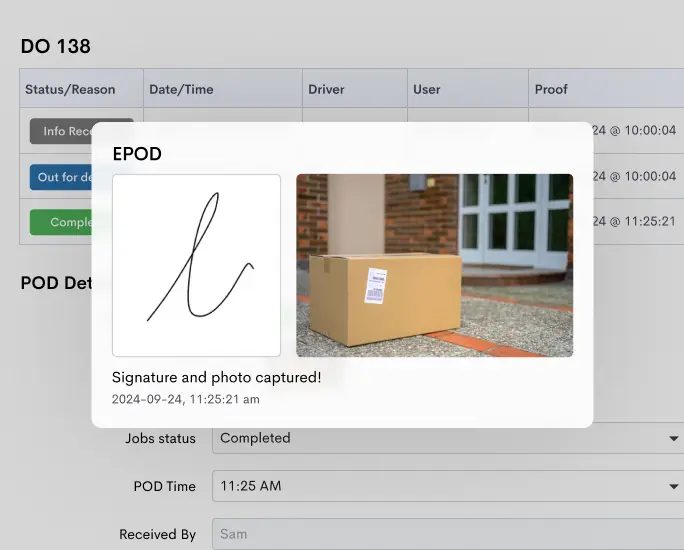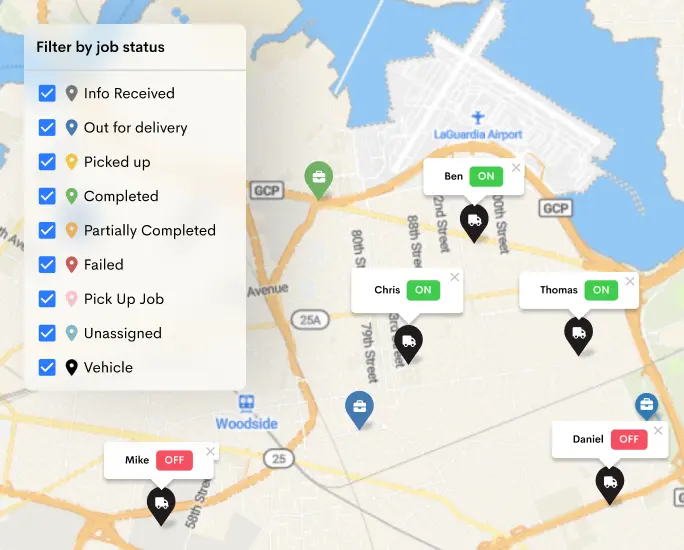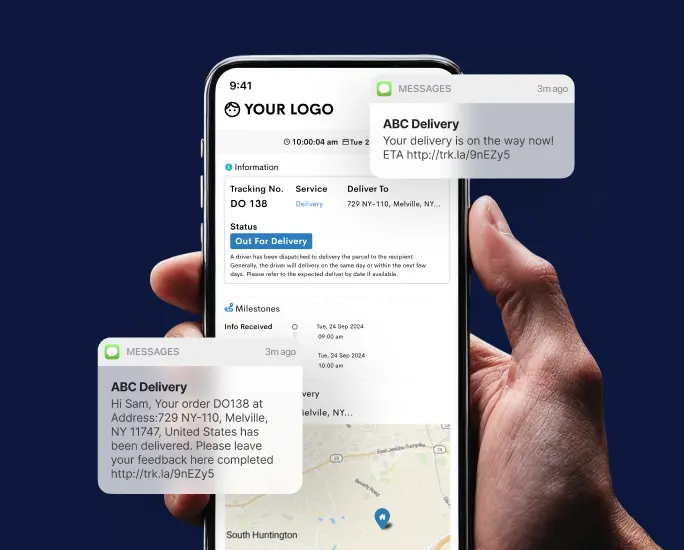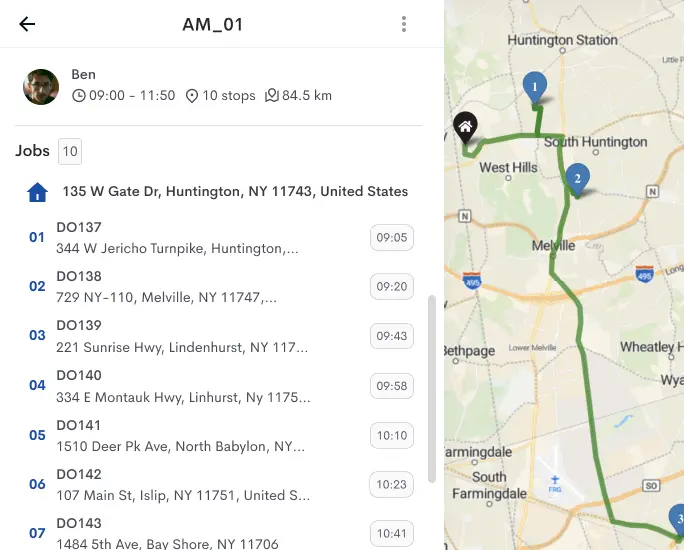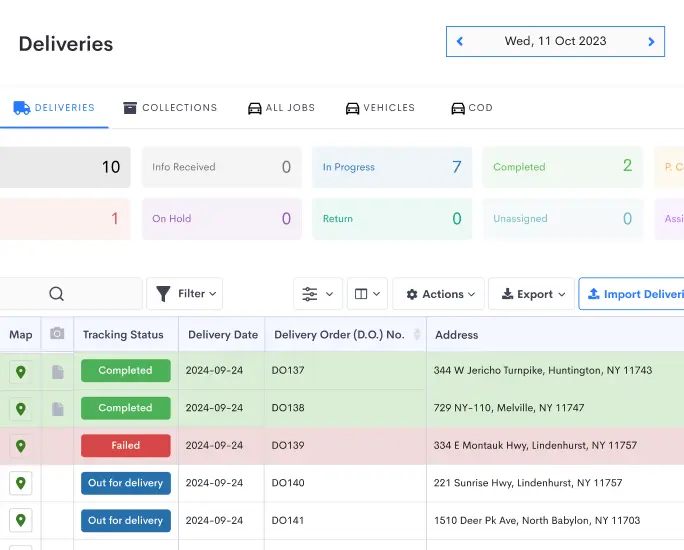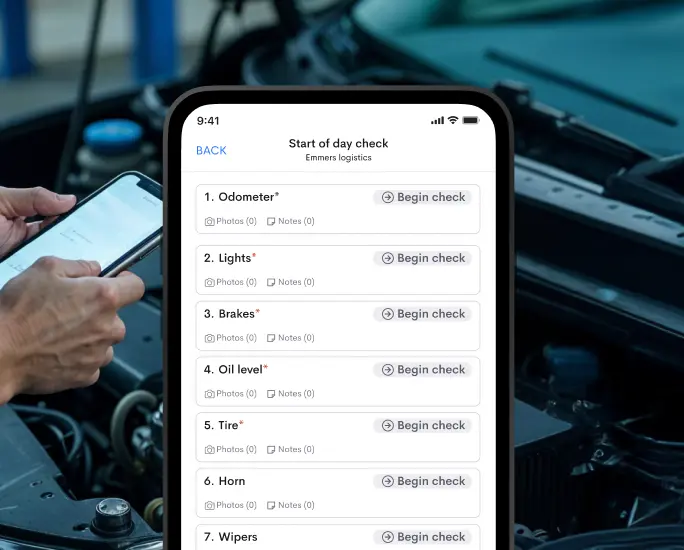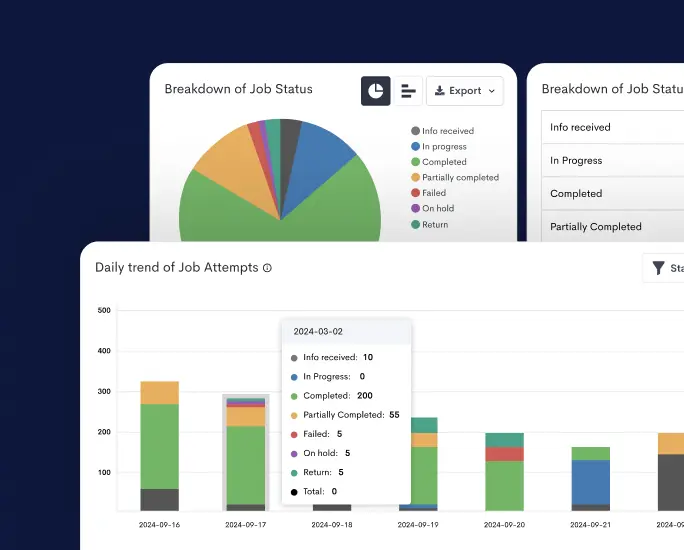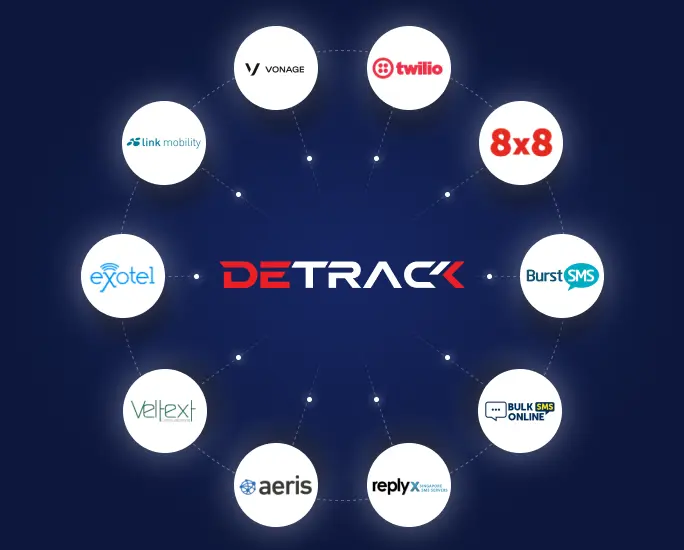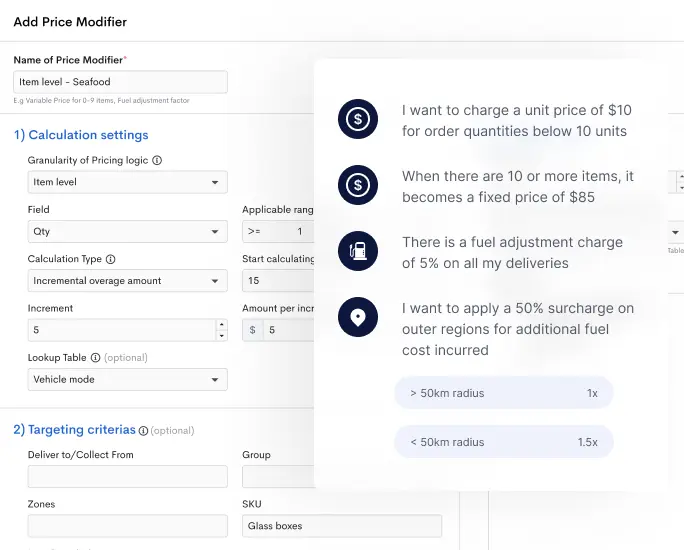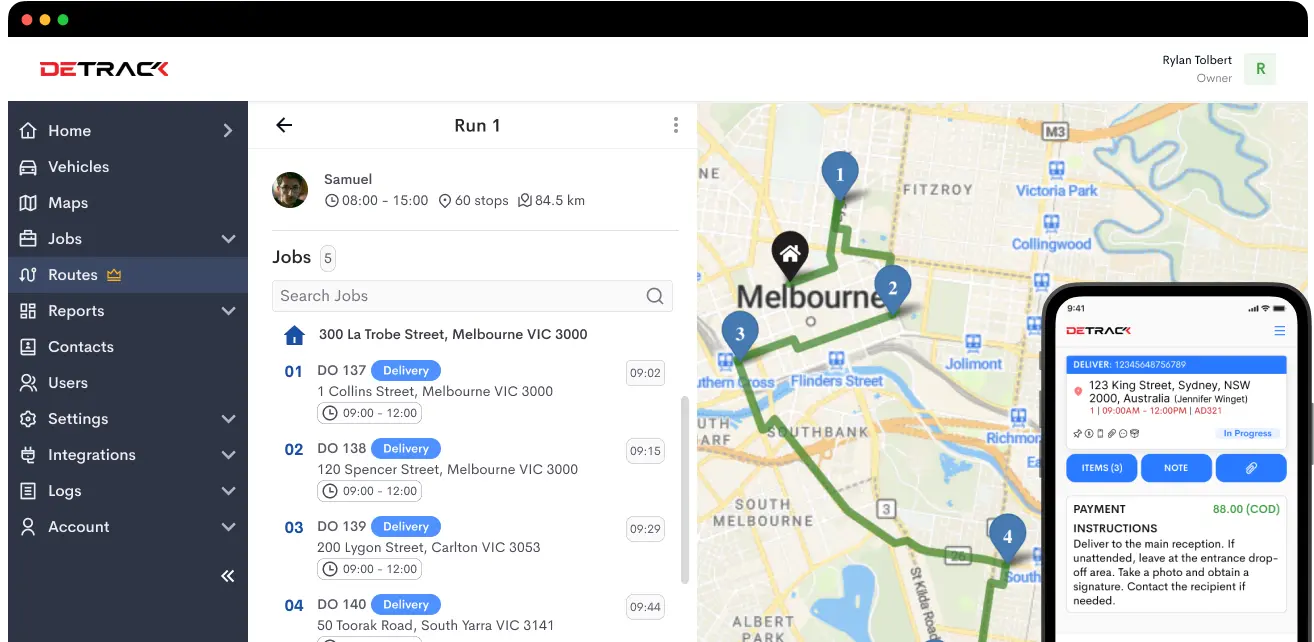Have you ever considered the environmental consequences of that last-minute delivery? If you’re in the delivery business, the pressing question becomes: How can you navigate the shift to carbon neutrality without compromising efficiency?
Picture this: the last mile delivery sector is responsible for 53% of transportation emissions.
So, how can we revolutionize our practices to deliver packages swiftly while minimizing our carbon footprint?
| Final Mile Delivery Delays? We Drive Them Away Get real-time updates, optimize routes, and improve operational efficiency with Detrack Sign Up to Detrack |
Why Should My Business Offer Carbon Neutral Shipments?
Offering carbon-neutral shipments can bring a myriad benefits to your business:
- Reduce the company’s carbon footprint: By opting for carbon-neutral shipping methods, your business can significantly decrease its contribution to greenhouse gas emissions, helping combat climate change.
- Reduce the environmental impact of shipping products: Traditional shipping methods often involve burning fossil fuels, contributing to air pollution and climate change. Carbon-neutral shipping methods utilize renewable energy sources or offset carbon emissions, minimizing environmental harm.
- Preserve the environment: Taking proactive steps towards carbon neutrality demonstrates your commitment to environmental stewardship. By preserving natural resources and ecosystems, your business can contribute to a healthier planet for future generations.
- Save money: Transitioning to carbon-neutral shipping methods can lead to cost savings in the long run. Energy-efficient practices, such as optimizing delivery routes or investing in eco-friendly packaging, can lower operational expenses and boost profitability.
- Create a more sustainable supply chain: Embracing carbon-neutral shipping aligns with broader sustainability goals for your supply chain. By encouraging suppliers and partners to adopt eco-friendly practices, you can foster a more resilient and sustainable business ecosystem.
- Consumers care about their carbon footprint: Today’s consumers are increasingly conscious of their environmental impact and seek brands that share their values. Carbon-neutral shipping can enhance your brand reputation, attract environmentally-conscious customers, and drive loyalty and repeat business.
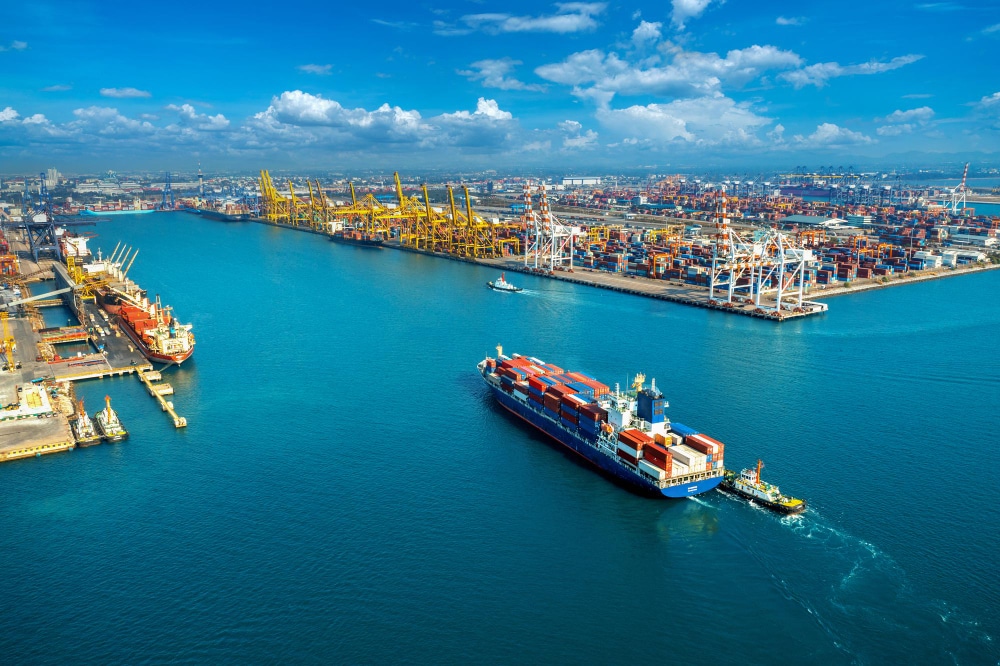
10 Tips For Reducing Carbon Emissions From Shipping
1. Use Eco-Friendly Packing Materials
When it comes to shipping, every choice counts. Opting for eco-friendly packaging safeguards the environment and speaks volumes about your brand’s commitment to sustainability.
Did you know that switching to recyclable or biodegradable packaging can reduce carbon emissions by up to 25%? So, why not switch today and package your products with a green conscience?
2. Reduce Waste in Packaging and Shipping
Reducing waste isn’t just about minimizing environmental impact; it’s also about enhancing efficiency and saving costs.
You can optimize resources and maximize sustainability by right-sizing packages, eliminating unnecessary packaging materials, and adopting innovative designs that minimize material usage.
Plus, reducing the weight and volume of shipments can also reduce transportation emissions, making every package a step towards a greener future.
3. Power Deliveries With Green Energy
Picture this: your delivery vans are zipping around town, powered not by fossil fuels but by renewable energy sources. Sounds futuristic, right?
Well, it’s closer than you think. Investing in electric or hybrid vehicles and tapping into renewable energy sources like solar or wind power can transform your delivery fleet into eco-friendly ambassadors on the streets.
4. Optimize Routes for Fuel and Mileage Efficiency
Ever heard of the phrase “work smarter, not harder”? That’s precisely what route optimization is all about. You can fine-tune your delivery routes by leveraging advanced algorithms and real-time data to minimize fuel consumption and mileage.
Here’s a mind-boggling fact: optimizing routes can reduce fuel usage by up to 16%, slashing emissions and boosting efficiency in one fell swoop.
By optimizing your routes, you’re not just saving time and money – you’re also doing your part to reduce carbon emissions and minimize your environmental footprint.
5. Make Warehouses And Offices More Energy-Efficient
Think of your warehouses and offices as the beating heart of your operations. Now, imagine that heartbeat with energy efficiency in mind.
There are countless ways to slash energy consumption and shrink your carbon footprint, from installing energy-efficient lighting and HVAC systems to implementing smart sensors and controls.
Plus, saving money on energy bills? Now, that’s a win-win.
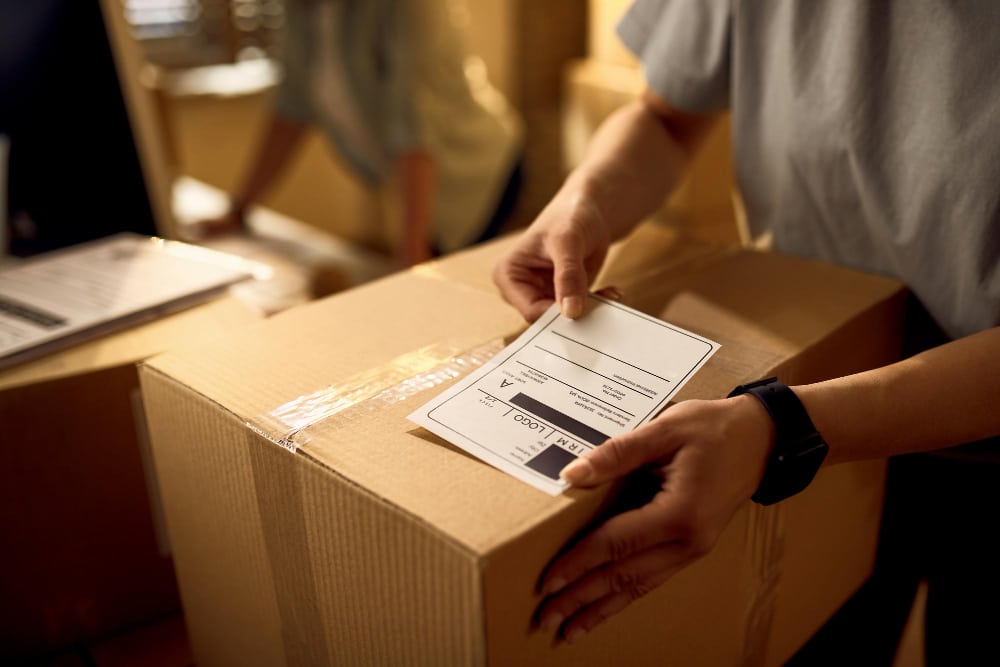
6. Use Multiple Fulfillment Centers
Having multiple fulfillment centers strategically located across regions can minimize transportation distances and delivery times, all while reducing emissions.
Instead of shipping products from a single centralized location, you can leverage local fulfillment centers to fulfill orders closer to customers, reducing the distance traveled and the associated carbon emissions.
Plus, with faster delivery times and reduced shipping costs, everyone wins – including the planet.
7. Educate Employees On Sustainable Habits and Practices at Work
Your employees are the driving force behind your business. So why not empower them to be champions of sustainability?
From promoting telecommuting and carpooling to encouraging recycling and energy-saving habits, there’s a world of opportunity to foster a culture of sustainability in the workplace. After all, small actions add up to big changes.
By providing training, resources, and incentives for adopting sustainable behaviors, you can create a workplace culture where sustainability is ingrained in everything you do.
8. Purchase Carbon Offsets
Carbon offsets offer a practical and effective way to take responsibility for your carbon emissions and support projects with a positive environmental impact.
By purchasing carbon offsets, you’re compensating for your emissions and investing in projects that create lasting benefits for the planet and local communities.
Whether planting trees to sequester carbon or funding clean energy projects to reduce greenhouse gas emissions, carbon offsets offer a tangible solution for businesses looking to mitigate their environmental impact and contribute to a more sustainable future.
9. Explore Available Incentives and Subsidies for Businesses
Here’s a little-known secret: incentives and subsidies are designed to help businesses go green. From tax credits for energy-efficient upgrades to grants for eco-friendly initiatives, it pays to do your homework and explore available incentives in your region.
Many governments and organizations offer financial incentives and subsidies to businesses that invest in sustainable practices and technologies.
These incentives can help offset the upfront costs of implementing eco-friendly initiatives and make sustainable investments more accessible and affordable for businesses of all sizes.
10. Collaborate with Suppliers and Partners to Reduce Emissions
Your sustainability efforts shouldn’t stop at your doorstep but extend throughout your supply chain. Collaborating with suppliers and partners to reduce emissions can amplify your impact and drive meaningful change across the entire ecosystem.
A product’s carbon footprint often extends beyond its manufacturing and shipping to include raw material extraction, production processes, and transportation.
By working closely with suppliers and partners, you can identify opportunities to optimize processes, reduce waste, and minimize emissions at every stage of the supply chain.
Achieve Full Visibility of Last Mile Deliveries with Detrack
In the journey towards carbon neutrality, achieving full visibility of last-mile deliveries is paramount. With Detrack, businesses can revolutionize their approach to shipping, gaining real-time insights and control over every aspect of the delivery process.
By leveraging Detrack’s innovative technology, companies can optimize routes, minimize emissions, and enhance customer satisfaction.
Detrack provides comprehensive visibility from pickup to delivery, empowering businesses to track shipments, monitor driver performance, and proactively address any issues that may arise. With features like live tracking, electronic proof of delivery, and customizable alerts, Detrack ensures that every delivery is executed seamlessly and sustainably.
| Final Mile Delivery Delays? We Drive Them Away Get real-time updates, optimize routes, and improve operational efficiency with Detrack Sign Up to Detrack |

